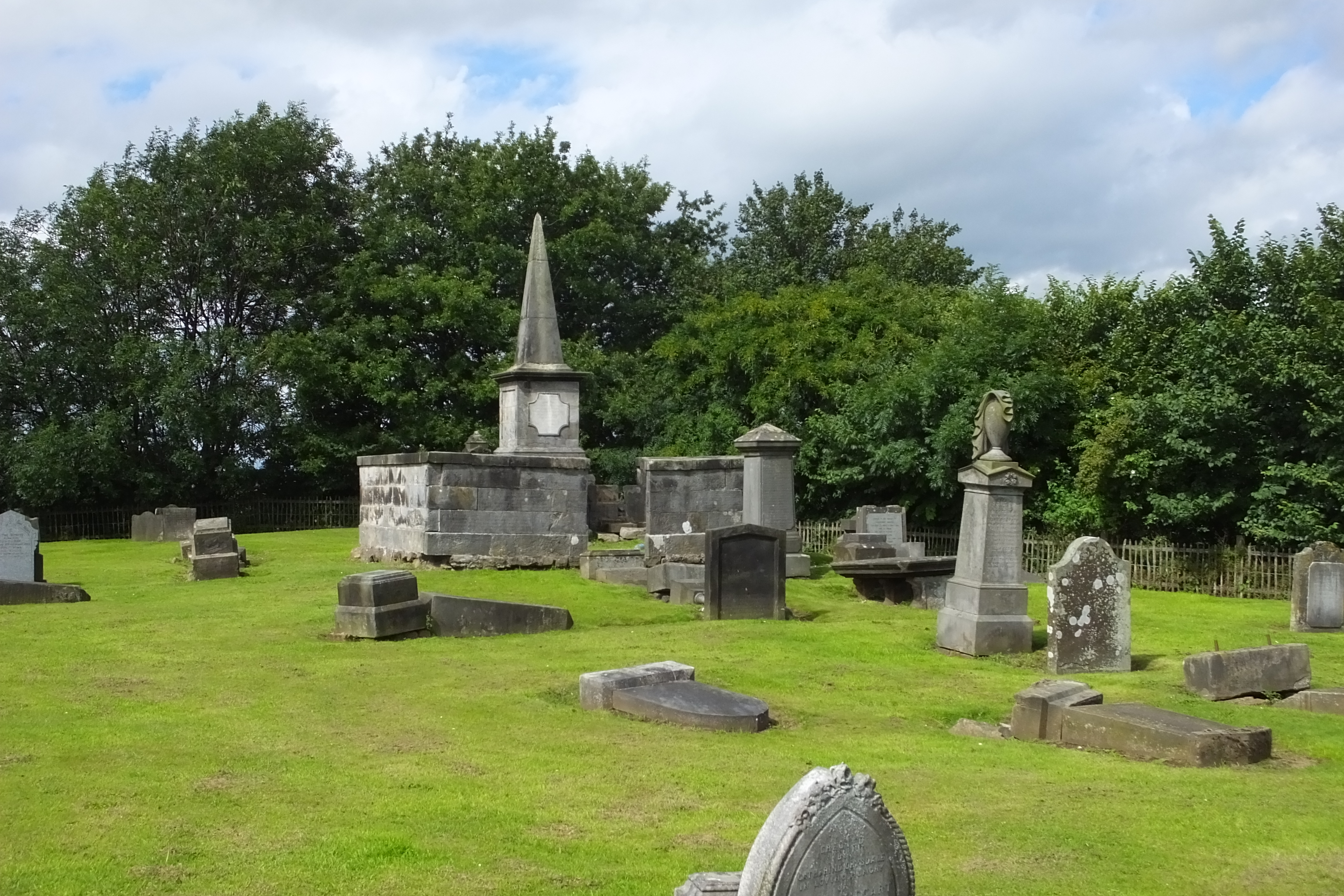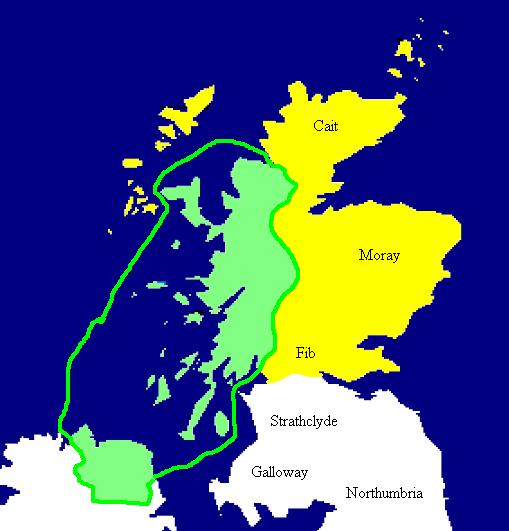|
Innerleven
Levenmouth is a conurbation comprising a network of settlements on the north side of the Firth of Forth, in Fife on the east coast of Scotland. It consists of three principal coastal towns; Leven, Buckhaven, and Methil, and a number of villages and hamlets inland. The industrial towns of Buckhaven and Methil lie on the west bank of the River Leven, and the resort town of Leven is on the east bank. The "Bawbee Bridge" links the two sides of the river. Historically, Buckhaven and Methil were joined together as one burgh, while Leven was separate. The area had an estimated population of 37,238 in 2006. Levenmouth's economy has traditionally been focussed on heavy and traditional industries and has struggled economically since the closure of its coal mines. The main employers are Fife Scottish Omnibuses Ltd. Bi-Fab, Diageo, Donaldson Timber, Pfaudler Balfour and Silberline. History Toponymy The area is named after the mouth of the River Leven. The word 'Leven' comes from the Pic ... [...More Info...] [...Related Items...] OR: [Wikipedia] [Google] [Baidu] |
Methil
Methil (Scottish Gaelic: Meadhchill) is an eastern coastal town in Scotland. It was first recorded as "Methkil" in 1207, and belonged to the Bishop of St Andrews. Two Bronze Age cemeteries have been discovered which date the settlement as over 8,000 years old. Famous for its High Street having the most pubs per mile in Scotland, it was part of its own barony in 1614 and also part of the former burgh of Buckhaven and Methil. This burgh existed between 1891 and 1975 (following the reorganisation of local government). It is situated within a continuous urban area described as Levenmouth. Methil lies geographically between Largo Bay to the east and Wemyss Bay to the west. Previously an industrial maritime powerhouse of the region and once Scotland's greatest coal port, it is now redirecting itself towards a green energy future. The River Leven delineates Methil from adjacent towns. Toponymy The name, Methil, is from Scottish Gaelic, and appears to derive from ''meadh(on)'' me ... [...More Info...] [...Related Items...] OR: [Wikipedia] [Google] [Baidu] |
Conurbation
A conurbation is a region comprising a number of metropolises, cities, large towns, and other urban areas which through population growth and physical expansion, have merged to form one continuous urban or industrially developed area. In most cases, a conurbation is a polycentric urbanised area in which transportation has developed to link areas. They create a single urban labour market or travel to work area. Patrick Geddes coined the term in his book ''Cities In Evolution'' (1915). He drew attention to the ability of the new technology at the time of electric power and motorised transport to allow cities to spread and agglomerate together, and gave as examples " Midlandton" in England, the Ruhr in Germany, Randstad in the Netherlands, and the Northeastern Seaboard in the United States. The term as described is used in Britain whereas in the United States, each polycentric "metropolitan area" may have its own common designation such as San Francisco Bay Area or the Dallasâ ... [...More Info...] [...Related Items...] OR: [Wikipedia] [Google] [Baidu] |
Edinburgh
Edinburgh ( ; gd, DĂšn Ăideann ) is the capital city of Scotland and one of its 32 Council areas of Scotland, council areas. Historically part of the county of Midlothian (interchangeably Edinburghshire before 1921), it is located in Lothian on the southern shore of the Firth of Forth. Edinburgh is Scotland's List of towns and cities in Scotland by population, second-most populous city, after Glasgow, and the List of cities in the United Kingdom, seventh-most populous city in the United Kingdom. Recognised as the capital of Scotland since at least the 15th century, Edinburgh is the seat of the Scottish Government, the Scottish Parliament and the Courts of Scotland, highest courts in Scotland. The city's Holyrood Palace, Palace of Holyroodhouse is the official residence of the Monarchy of the United Kingdom, British monarchy in Scotland. The city has long been a centre of education, particularly in the fields of medicine, Scots law, Scottish law, literature, philosophy, the sc ... [...More Info...] [...Related Items...] OR: [Wikipedia] [Google] [Baidu] |
Kennoway
Kennoway is a village in Fife, Scotland, near the larger population centres in the area of Leven and Methil. It had an estimated population of in . It is about three miles inland from the Firth of Forth, north of Leven. This position gave it importance in the old days while travelling by coach, for the stage road ran through Kennoway from the ferry at Pettycur, through Ceres, and on to St Andrews. The street known as "The Causeway" was also added to part of the Fife Pilgrim Way in 2019 due ties with St Kenneth, the Causeway being part of one of the designated conservation areas by Fife Council Place-name history Kennoway derives from Scottish Gaelic, though the exact meaning is obscure. The name was first recorded as ''Kennachin'' in 1160. The first element 'kenn' is from the Gaelic ''ceann'' meaning 'head', 'top' or 'end'. The second and final elements, 'ach' and 'in' appear to both be suffixes indicating location. Taken together, the name appears to mean 'head- or end-plac ... [...More Info...] [...Related Items...] OR: [Wikipedia] [Google] [Baidu] |
Unitary Authority
A unitary authority is a local authority responsible for all local government functions within its area or performing additional functions that elsewhere are usually performed by a higher level of sub-national government or the national government. Typically unitary authorities cover towns or cities which are large enough to function independently of a council or other authority. An authority can be a unit of a county or combined authority. Canada In Canada, each province creates its own system of local government, so terminology varies substantially. In certain provinces (e.g. Alberta, Nova Scotia) there is ''only'' one level of local government in that province, so no special term is used to describe the situation. British Columbia has only one such municipality, Northern Rockies Regional Municipality, which was established in 2009. In Ontario the term single-tier municipalities is used, for a similar concept. Their character varies, and while most function as cities with ... [...More Info...] [...Related Items...] OR: [Wikipedia] [Google] [Baidu] |
Fife (region)
Fife (, ; gd, FĂŹobha, ; sco, Fife) is a council area, historic county, registration county and lieutenancy area of Scotland. It is situated between the Firth of Tay and the Firth of Forth, with inland boundaries with Perth and Kinross (i.e. the historic counties of Perthshire and Kinross-shire) and Clackmannanshire. By custom it is widely held to have been one of the major Pictish kingdoms, known as ''Fib'', and is still commonly known as the Kingdom of Fife within Scotland. A person from Fife is known as a ''Fifer''. In older documents the county was very occasionally known by the anglicisation Fifeshire. Fife is Scotland's third largest local authority area by population. It has a resident population of just under 367,000, over a third of whom live in the three principal towns, Dunfermline, Kirkcaldy and Glenrothes. The historic town of St Andrews is located on the northeast coast of Fife. It is well known for the University of St Andrews, the most ancient unive ... [...More Info...] [...Related Items...] OR: [Wikipedia] [Google] [Baidu] |
Kirkcaldy (district)
Kirkcaldy (Scottish Gaelic: ''DĂšn PhĂ rlain'', Scots: ''Dunfaurlin'') was a local government district in the Fife region of Scotland from 1975 to 1996, lying a short distance to the south of the regional capital Glenrothes which lay within the district. Local Government As its name suggests, the district (one of three in the Fife region, along with Dunfermline and North-East Fife) was centred around the town of Kirkcaldy, an important royal burgh in the historic county of Fife, although its boundaries extended some way beyond the town. In the Local Government (Scotland) Act 1973 leading to its creation, the district's desired composition was described as: *''In the county of Fife—the burghs of Buckhaven and Methil, Burntisland, Kinghorn, Kirkcaldy, Leslie, Leven, Markinch; the districts of Glenrothes, Kirkcaldy (except that part of the electoral division of Auchtertool within the Gray Park polling district), Wemyss; the electoral divisions of Auchterderran, Denend, ... [...More Info...] [...Related Items...] OR: [Wikipedia] [Google] [Baidu] |
Local Government Areas Of Scotland 1973 To 1996
Local may refer to: Geography and transportation * Local (train), a train serving local traffic demand * Local, Missouri, a community in the United States * Local government, a form of public administration, usually the lowest tier of administration * Local news, coverage of events in a local context which would not normally be of interest to those of other localities * Local union, a locally based trade union organization which forms part of a larger union Arts, entertainment, and media * ''Local'' (comics), a limited series comic book by Brian Wood and Ryan Kelly * ''Local'' (novel), a 2001 novel by Jaideep Varma * Local TV LLC, an American television broadcasting company * Locast, a non-profit streaming service offering local, over-the-air television * ''The Local'' (film), a 2008 action-drama film * '' The Local'', English-language news websites in several European countries Computing * .local, a network address component * Local variable, a variable that is given loca ... [...More Info...] [...Related Items...] OR: [Wikipedia] [Google] [Baidu] |
History Of Local Government In Scotland
The History of local government in Scotland is a complex tale of largely ancient and long established Scottish political units being replaced after the mid 20th century by a frequently changing series of different local government arrangements. Origins Anciently, the territory now referred to as ''Scotland'' belonged to a mixture of Brythionic groups (Picts and Cumbrians) and Angles. The Picts were based north of the ForthâClyde line, traditionally in seven kingdoms: *Cat (the far north) * Ce (from Deeside to Speyside) * Circinn (southeast of the Cairngorms, roughly between the Isla and Dee) * Fib (the Fife peninsula) * Fotla (an expanded Atholl) *Fortriu (the areas to the north and west of the Grampians, including the Great Glen, and extending to the Atlantic coast, and as far north as the Dornoch Firth) *Fidach (unknown location). In later legends Albanactus, the legendary founder of Scotland, had seven sons, who each founded a kingdom. ''De Situ Albanie'' enumerates t ... [...More Info...] [...Related Items...] OR: [Wikipedia] [Google] [Baidu] |
St Andrews
St Andrews ( la, S. Andrea(s); sco, Saunt Aundraes; gd, Cill RĂŹmhinn) is a town on the east coast of Fife in Scotland, southeast of Dundee and northeast of Edinburgh. St Andrews had a recorded population of 16,800 , making it Fife's fourth-largest settlement and 45th most populous settlement in Scotland. The town is home to the University of St Andrews, the third oldest university in the English-speaking world and the oldest in Scotland. It was ranked as the best university in the UK by the 2022 Good University Guide, which is published by ''The Times'' and ''The Sunday Times''. According to other rankings, it is ranked as one of the best universities in the United Kingdom. The town is named after Saint Andrew the Apostle. The settlement grew to the west of St Andrews Cathedral, with the southern side of the Scores to the north and the Kinness Burn to the south. The burgh soon became the ecclesiastical capital of Scotland, a position which was held until the Scottish ... [...More Info...] [...Related Items...] OR: [Wikipedia] [Google] [Baidu] |




.jpg)